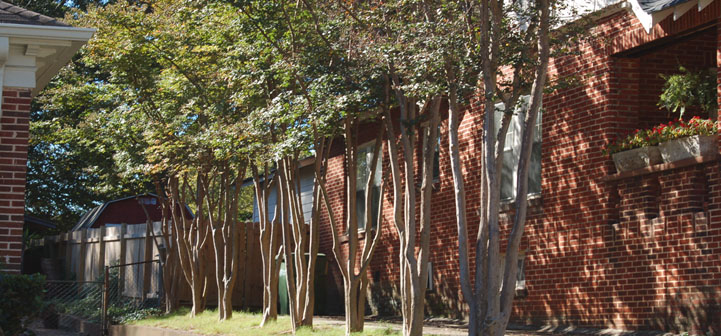
Most of us look forward to the fall and winter holidays as times for celebrating, feasting, homecoming, and gathering, connecting with our deepest spiritual roots, saying goodbye to the old year and ringing in the new.
Yet the record shows a season of Menorahs and other celebratory candles igniting the drapes, Butterballs flaming up from their fryers, improperly installed woodstoves and combusting Christmas trees destroying homes.
We’re dizzy with busyness, easily distracted, preoccupied with changes to our normal routines and habits. It’s cold in many parts of the nation, so we’re revving up furnaces, firing up woodstoves, hauling out space heaters. Blizzards and ice storms can bring lengthy power outages, so we’re lighting kerosene lamps, oil lamps and candles.
Kathy Hopkins, a University of Maine extension educator, advises and reflects the concerns of people in cold northern states such as Maine.
“When the price of oil spikes, people often haul out an old space heater or woodstove to supplement their central heat,” she says.
“Space heaters create a real danger when people plug them into an extension cord that can’t handle the load, and they overheat, which can cause a fire.
“Especially for people new to wood heating, we urge them to have the local fire department inspect it to see it’s installed properly and also that they have a safe, working chimney. For wood heat, we also recommend installing a stack (stovepipe) thermometer and learning how to use it,” says Hopkins.
“And of course, with space heaters, woodstoves, and open flames such as candles, it’s also important to keep combustible materials at least three feet away.”
In fact, Christmas week is notorious for generating candle-related house fires. The Allstate Insurance Company notes that the median cost for candle fires is almost $50,000.
And do take special care with those Christmas trees, real or artificial. Allstate data peg the median cost of a claim for a Christmas-tree fire at more than $100,000. In fact, a fire involving an artificial tree resulted in the most costly claim in recent years: $4.4 million.
Learn more:
Home Heating Safety, University of Maine Extension Bulletin
Safe, Efficient Woodburning, Tips from the University of New Hampshire Cooperative Extension
Winter Fire Safety Tips, Good information from the Ohio Committee for Severe Weather Awareness
Allstate Winter Holiday Safety Data & Tips, Interesting data from Allstate’s claims database and a survey of policyholders.
–30—
Released December 26, 2013
Source: Kathy Hopkins, University of Maine Extension, khopkins@umext.maine.edu
Writer: Peg Boyles, eXtension, writangl@gmail.com
